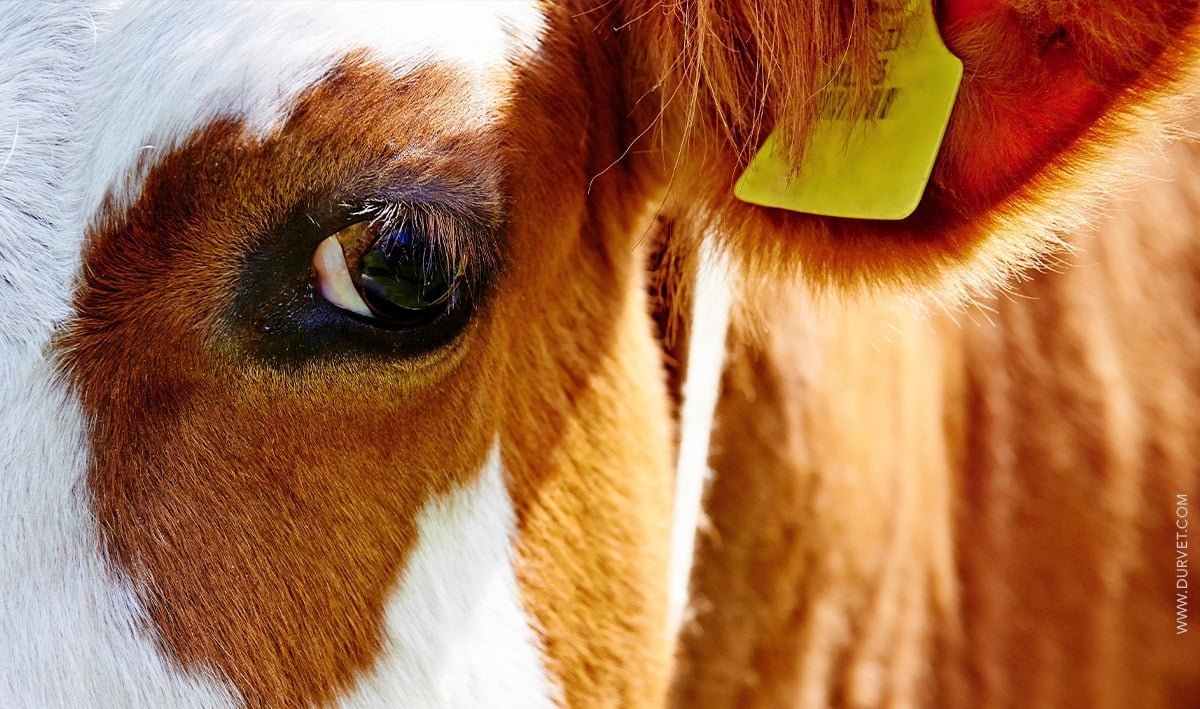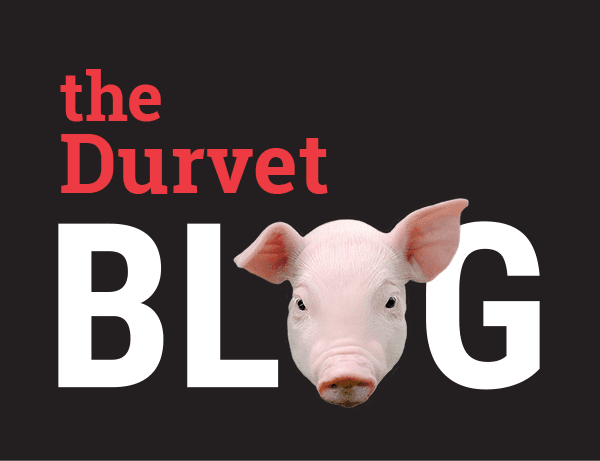
The arrival of warmer weather means an increased risk of pinkeye in your herd. Pinkeye, or infectious bovine keratoconjunctivitis (IBK) is a common eye disease seen in cattle around the world. This frustrating infection is not only costly, but it's labor intensive and can spread through your herd quickly if not treated in a timely fashion.
Once a few members of the herd are infected, face flies will create rapid spread throughout the rest of the animals. Pinkeye in cattle impacts everything from calving to weaning weights and a depletion in their price at market. At auction, calves with pinkeye often have lower weaning weights and bring $10 less per hundredweight than other calves.
What is Pinkeye?
Pinkeye is an acute, contagious ocular disease in cattle which is caused by bacterial pathogens that infect the surface of the eye. Affected animals will develop runny, red eyes and conjunctivitis. One or both eyes may be affected, and can last several weeks. Severe infections can lead to ulcers and corneal scarring. Once pinkeye begins to spread through a herd, it is very difficult to contain and control.
The bacteria Moraxella bovis is one of the primary agents cultured in cases of pinkeye. However, other bacterial agents such as Moraxella ovis and Moraxella bovoculi, and mycoplasma species, among others, also have been isolated from cases of pinkeye.
Pinkeye can be very costly due to treatment, reduced value of animals, and reduced weaning weights. The U.S. beef industry loses up to $150 million annually due to pinkeye outbreaks. Pinkeye is reported as the most common cause of eye disease in all breeding females and calves more than three weeks old. This disease falls second to calf scours, the most prevalent health concern affecting young calves.
Infected animals should be separated from non-infected animals as flies and other environmental agents can spread the infection to other herd members. Treatment is possible with antibiotics in the early stages of the condition, but if left untreated can lead to corneal ulcers which can result in permanent blindness.
Prevention and Management
According to Merck Animal Health, a three-pronged approach is key to pinkeye prevention in your herd. There are a series of steps you can take to control this highly-contagious and costly disease. These steps include a pinkeye vaccine, fly control and environmental management.
Vaccination
Since pinkeye is caused by bacterial organisms (such as Moraxella bovis and Moraxella bovoculi) infecting the surface of the eye, the first step to controlling this disease is vaccination. The most effective cattle pinkeye vaccine is one that is able to stimulate antibody production in tears, which bathe the eye, limit infection worsening and reduce the risk of ulcers or lesions developing. For most effective results, vaccinate three to six weeks before the onset of pinkeye season to allow for immunity development.
Fly Control
Fly control is a critical component of reducing pinkeye outbreaks in your herd. Flies not only increase bacteria exposure, but they can spread bacteria from one animal to the next at a rapid rate. Consider using a feed-through fly treatment, insecticidal ear tags, sprays and pour-ons to help manage face fly populations in your pasture.
Manage Pastures
In addition to keeping face flies under control, keeping pastures maintained by mowing tall grass with seed heads, providing shade and fresh water, and reducing sources of stress such as overcrowding are important for reducing the risk of pinkeye.
Sources: Purina Mills, Merck Animal Health

 BACK TO MAIN BLOG
BACK TO MAIN BLOG 
Comment